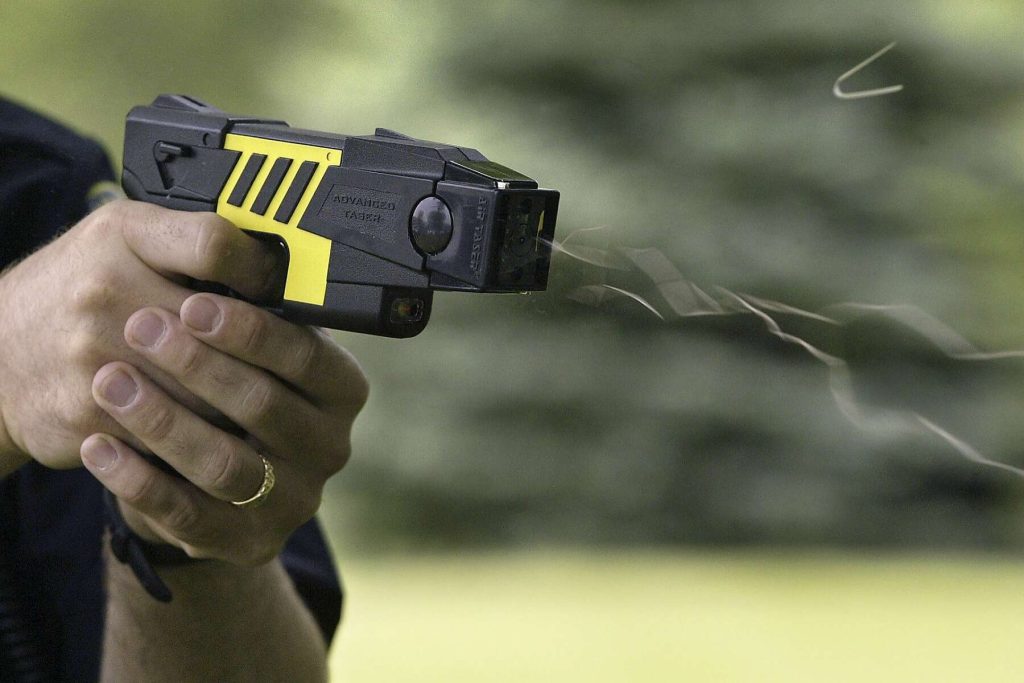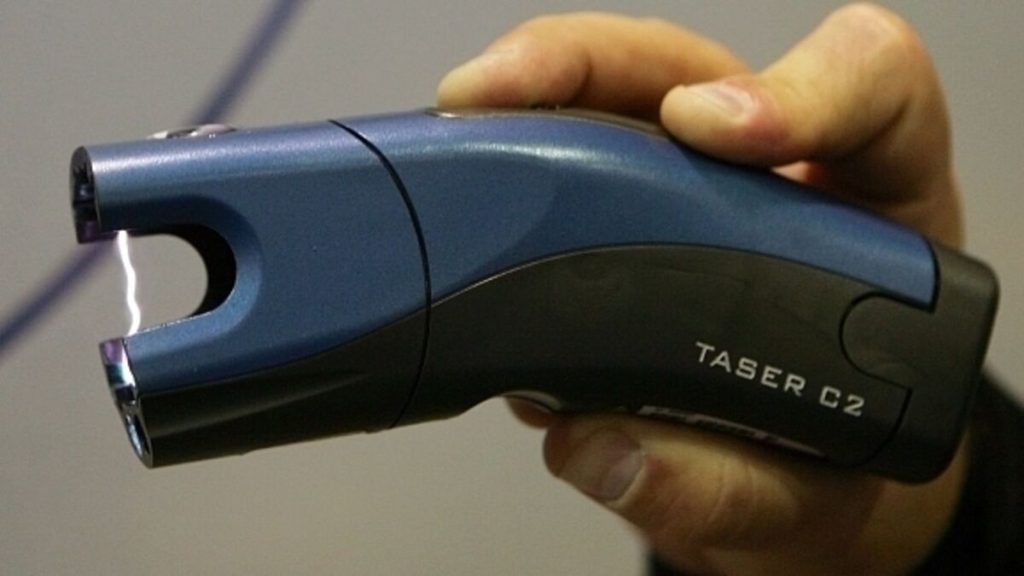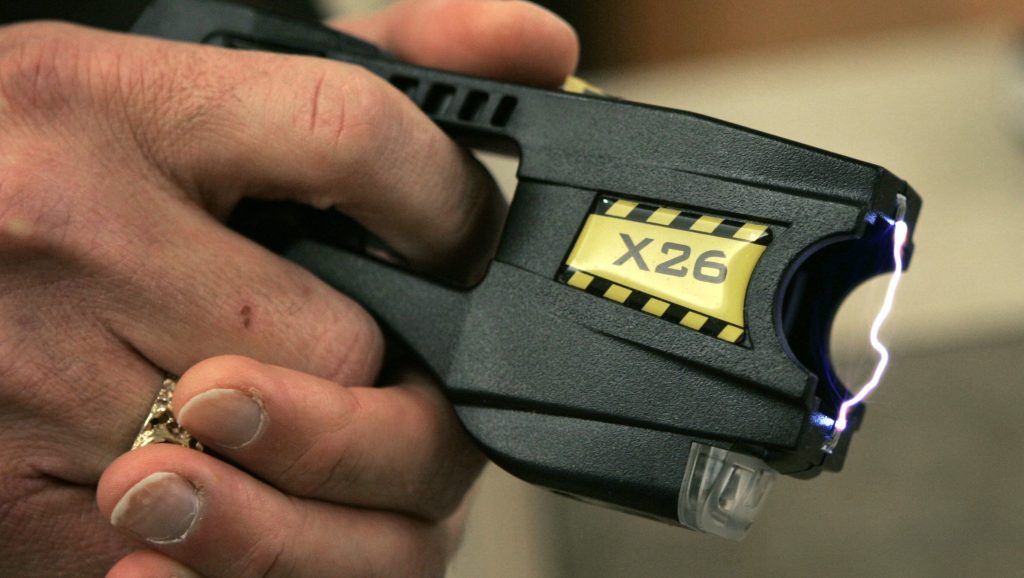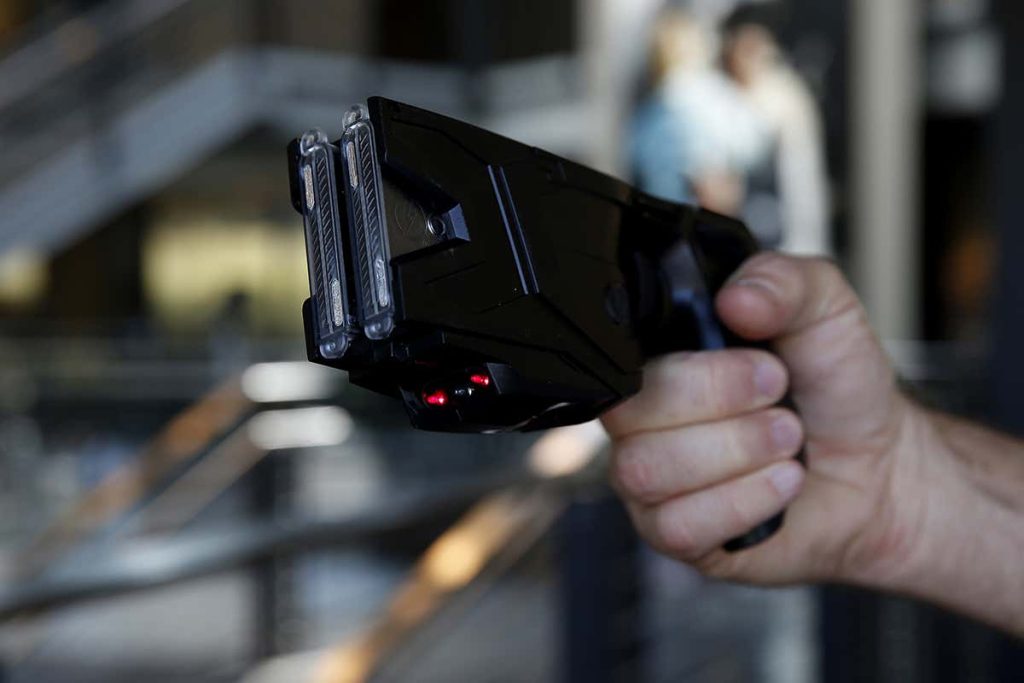With so many options on the market today, it can be difficult to choose the right self-defense tool for your needs. In this article, we will explore the differences between a Stun Gun and Taser, and help you decide which is better for you.
What is a Stun Gun?

A stun gun is a device that emits a high-voltage electric shock to temporarily immobilize or disorient an assailant. Stun guns are less deadly than Tasers, but both devices can be dangerous if used incorrectly. A stun gun is typically smaller and less powerful than a Taser, but it can still incapacitate or injure someone if used improperly.
Stun guns are most commonly used by law enforcement officers to incapacitate or arrest suspects who have been deemed a threat to themselves or others. They can also be used as a self-defense weapon to temporarily disable an assailant.
The electric shock produced by a stun gun is relatively harmless, but it can still cause pain and discomfort if it’s discharged into the skin. Stun guns are not lethal, but they can still be dangerous if used incorrectly. It’s important to always use caution when using any type of weapon, including a stun gun.
What is a Taser?

A taser is a type of electroshock weapon that fires two metal probes that project an electric current through the target. The current stuns or immobilizes the target, preventing it from resisting arrest or defending itself. Stun guns work by emitting an electrical current that temporarily disrupts nerve cells.
Some police departments issue tasers as part of their standard equipment, while others may only allow officers to use them in emergencies.
Critics of tasers argue that they are ineffective and can cause serious injuries.
Tasers were originally developed as a less-lethal weapon to stop people who were resisting arrest.
The Differences Between a Stun Gun and Taser
Stun guns and tasers are two common types of self-defense weapons used to disable or stun an attacker. Both devices use electricity to temporarily paralyze the attacker, giving the victim time to get away or fight back.
However, there are a few key differences between the two that should be considered before making a choice about which self-defense weapon to use. Here is a closer look at what each device does and how they compare.
- First, stun guns use a smaller amount of electricity than tasers. This means they are less likely to cause serious injury or death, but they can still incapacitate an attacker.
- Second, stun guns work on contact, while tasers require a direct hit to the body to work. This means that if an attacker is wearing body armor, stun gun shots may not have much impact.
- Third, stun guns have shorter ranges than tasers (typically around 10 feet vs 30 feet), so they may not be effective if an attacker is close by.
- Finally, both devices have limited lifespan – typically around 5–10 years – after which they will need to be replaced.
Though there are a few key differences between stun guns and tasers, the two devices have a lot of similarities. In general, they both rely on electricity to incapacitate or kill an attacker, they both have limited ranges, and they both have a limited lifespan.
If you are in danger, it is always best to use the least harmful self-defense weapon possible in order to keep yourself safe.
Why Would I Want to Own a Stun Gun or Taser?

If you’re looking for an effective self-defense tool, a stun gun or taser may be the answer.
Here’s a look at what each device is good for and why you might want to consider owning one.
Stun Guns
A stun gun is a small, handheld device that emits an electric shock. When activated, the stun gun sends a high-voltage current through the target’s body, temporarily immobilizing them. Stun guns are effective for self-defense against attackers who are unarmed or only carrying minimal weapons.
Stun guns are easy to carry and use, and they’re relatively harmless if used incorrectly. The shock can be powerful enough to incapacitate an attacker, but it’s also relatively short-lived and generally non-lethal.
Tasers
A taser is similar to a stun gun in that it emits an electric shock. However, tasers are larger and more powerful devices that can incapacitate attackers much more quickly and effectively than stun guns. Tasers are typically less portable than stun guns, but they offer greater deterrence and defense against more dangerous attackers.
Tasers are not safe to use if you’re not trained in how to use them safely. Proper training can help you avoid injury while using a taser in self-defense.
Which One Is Better for Me?

Stun guns and tasers are both effective weapons for law enforcement, but which one is better for you? Here’s a look at the difference between stun guns and tasers.
Stun guns use an electric shock to incapacitate an attacker. Tasers use an electro-shock weapon that fires darts that deliver a high voltage charge to the assailant’s skin, causing muscle paralysis.
While stun guns are less expensive than tasers, tasers may be more effective in certain situations. For example, if you’re trying to apprehend a violent suspect who is armed with a knife, a stun gun may not be effective since knives cannot be stunned with electricity. In contrast, a taser can incapacitate most attackers quickly and safely.
So which weapon is right for you? The answer depends on your individual situation.
To Wrap It Up
In this article, we are going to compare and contrast the two most popular self-defense devices: stun guns and tasers. We will discuss their features, how to use them, and potential risks associated with each device.
Hopefully, after reading this article you will be able to make an informed decision about which type of self-defense weapon is best for you.






